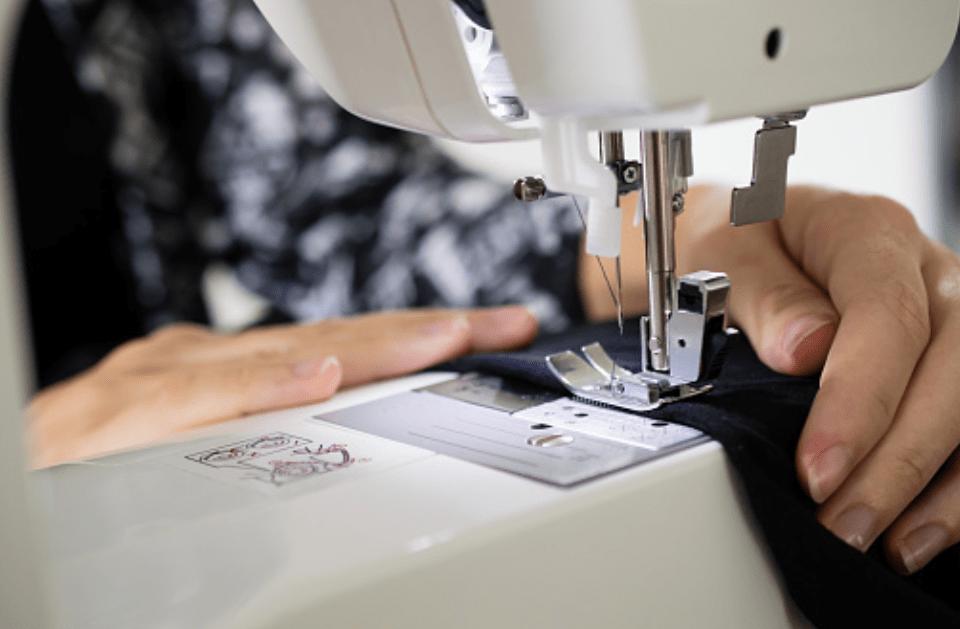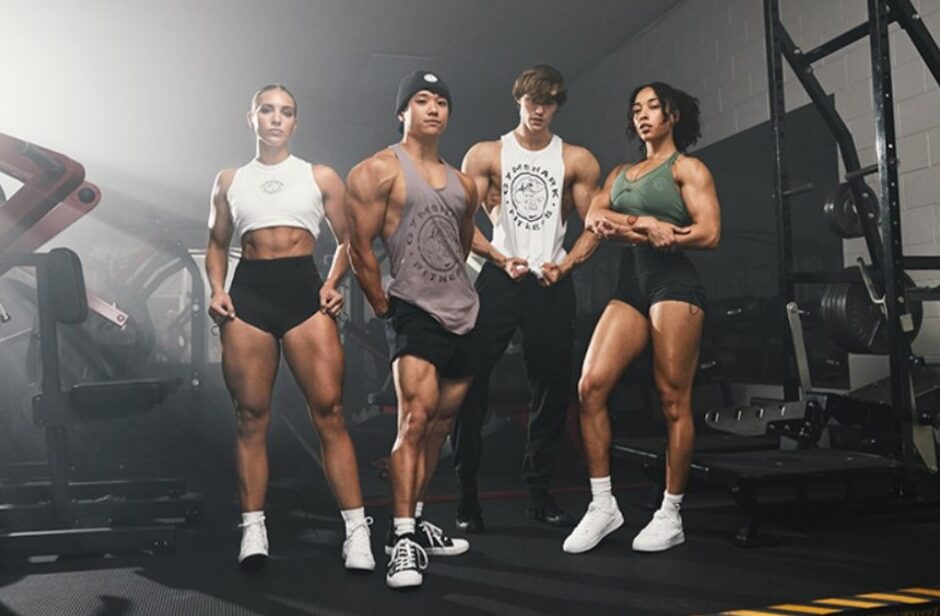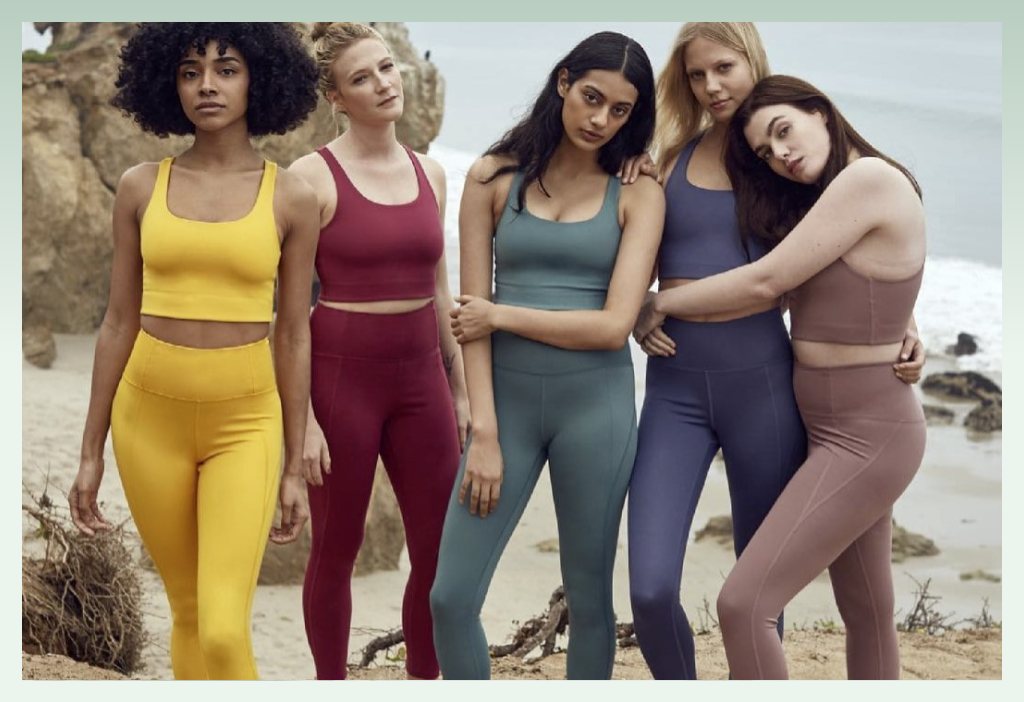In 2025, building a modern menswear or womenswear brand means more than cutting and stitching—it’s about ethics, identity, tech, and partnerships. I've seen many hopeful buyers stumble over missed certifications or shaky supply chains. This guide, from a supplier’s viewpoint, helps B2B buyers in North America, Europe, and Australia align your values and fabric with factory capabilities.
Successful brands in 2025 rely on five pillars: a purposeful Brand DNA; certified sustainable fabrics like organic cotton, hemp, bamboo (GOTS, OEKO-TEX); collaborative, transparent supply chains; agile production with smart MOQs and quality control; and a go-to-market plan using AI sizing, AR try-ons, D2C platforms, and transparent storytelling. Aligning these ensures trust, efficiency, and lasting market relevance.
Let’s explore each area, with practical tips, examples, and comparisons tailored for B2B buyers working with suppliers.
1. How Do You Define Your Brand DNA for Conscious Consumers?
Brand DNA is your blueprint—it shapes product, sourcing, and buyer trust.
In 2025, buyers look for clarity in brand mission, transparency in supply chains, sustainable decisions, and emotional storytelling. A well-defined Brand DNA helps you source with direction, speak to consumers authentically, and differentiate from fast-fashion noise.
A strong Brand DNA includes:
- Mission & Values: e.g., “We create responsibly, choosing hemp and bamboo fans.”
- Transparency: Share factory tours, certifications, worker stories.
- Authenticity: Reveal your origin story—why this brand? who’s behind it?
Include in sourcing: tech packs requiring eco fabrics, certifications, and traceability. On your website and labels, be explicit—share origin, team, care tips. Use QR tags for factory videos. These build B2B trust and attract partners aligned with your ethics.
2. What Sustainable Materials Should You Source?
Not all “eco” fabrics are equal—choose certified blends for credibility and quality.
Aim for organic cotton, hemp, and bamboo blends certified by GOTS or OEKO-TEX. They reduce water, eliminate toxins, and offer strong, soft fabrics buyers trust. Documentation validates your claims and keeps you price-competitive.
These blends stand out:
- Organic Cotton: pesticide-free, gentle hand, widely recognized.
- Hemp: robust, breathable, naturally resistant to mold.
- Bamboo: smooth, moisture-wicking, fast-growing.
Important certifications: GOTS, OEKO-TEX, Fair Trade. They verify environmental and social responsibility. As a supplier, we can provide mill test reports, lab results for shrinkage, colorfastness, and fiber content.
| Fabric Blend | Eco Benefit | Feel & Durability |
|---|---|---|
| Organic Cotton | No pesticides | Soft, everyday wear |
| Hemp Blend | Low water use | Strong, long-lasting |
| Bamboo Blend | Fast renewability | Silky, breathable |
Buyers: demand sample yardage with certifications, compare fabric lab data, and review audit reports quarterly.
3. Why Prioritize Supplier Collaboration and Resilience?
Partnerships, not transactions, will set you apart in a shifting global market.
In 2025, buyers demand long-term partnerships built on transparency and innovation. Collaborative suppliers help pilot eco fabrics, improve traceability, and adapt to changing supply dynamics (e.g., nearshoring in Mexico, Turkey, Eastern Europe).
Collaboration benefits:
- Innovation: Joint development of eco dye processes or blockchain traceability.
- Resilience: Nearshoring speeds shipments, cuts tariffs, and eases compliance.
- Transparency: Virtual factory visits or audit logs build B2B and consumer trust.
Table: Sourcing Models Comparison
| Model | Pros | Cons |
|---|---|---|
| China Offshore | Low labor cost, high capacity | Longer lead times, possible tariffs |
| Nearshoring | Faster delivery, better oversight | Higher cost, smaller capacity |
| Co-innovation Lab | Launch new fabrics/processes | Requires investment, pilot risk |
Buyers should: request lead times per origin; review traceability/audit logs; insist on written sustainability commitments; visit suppliers in person or virtually.
4. How Can You Optimize Production with MOQs & Quality Control?
Balancing MOQ flexibility with consistent quality saves money and reputation.
Negotiate tiered MOQs, define AQL quality standards with inspection procedures, and explore agile or on-demand production. This approach lets you test, refine, and scale without overstocking or sacrificing quality.
Strategies for efficiency:
- Tiered MOQs: Start with 300 units with option to scale at 1,000+.
- AQL Setting: Agree on defect thresholds; partner with third-party inspectors.
- On-Demand/Micro-Factories: Produce small runs for new styles or limited drops.
- Production Timeline Awareness: Include buffer for packing, shipping, and customs.
Sample production quote example:
| Order Size | Fabric Cost ($/yd) | MOQ | Lead Time |
|---|---|---|---|
| 300 units | 7.50 | 300 | 60 days |
| 1,000 units | 6.80 | 1,000 | 90 days |
Buyers: ask suppliers about their MOQ policy, AQL documentation, sample batch costs, and use-of on-demand programs.
5. What Go‑To‑Market Strategy Works for 2025?
Combining tech, transparency, and consumer connection is your launchpad.
In 2025, winning brands use AI-based sizing, AR try-ons, sell D2C online, and tell stories rooted in sustainability. This approach builds trust, reduces returns, and maximizes impact.
Dive deeper:
- AI Sizing & Forecasting: Reduces returns on D2C platforms; aligns inventory.
- AR Try-On: Enhances online confidence—ideal for gender-neutral adult lines.
- D2C E-Commerce: Shopify/WooCommerce with product origin, certifications, and care info.
- Storytelling Tools: Use QR tag labels linking to factory tours; showcase your eco efforts.
- Packaging: Recycled, branded packs with care instructions, return & reuse info.
Buyers should ask suppliers: “Do you support printed QR tags or custom labels?” “Can we integrate AR previews?” “What’s minimum batch for AI-sized production?”
Conclusion
Building a menswear or womenswear brand in 2025 hinges on five pillars: clear Brand DNA, certified sustainable fabrics, transparent and resilient supply chains, smart production planning, and tech-enabled market launches. Suppliers who align with these pillars help B2B buyers build brands that resonate—and endure.





